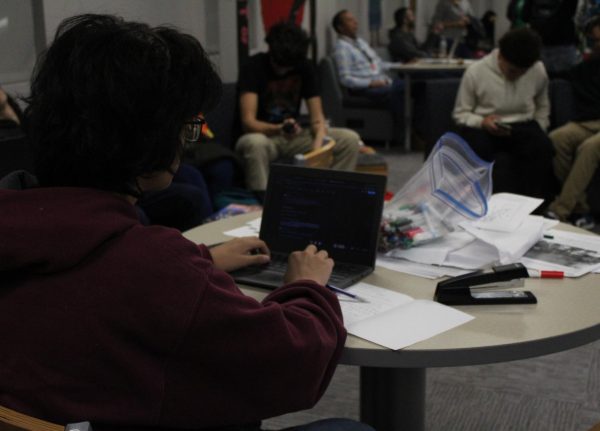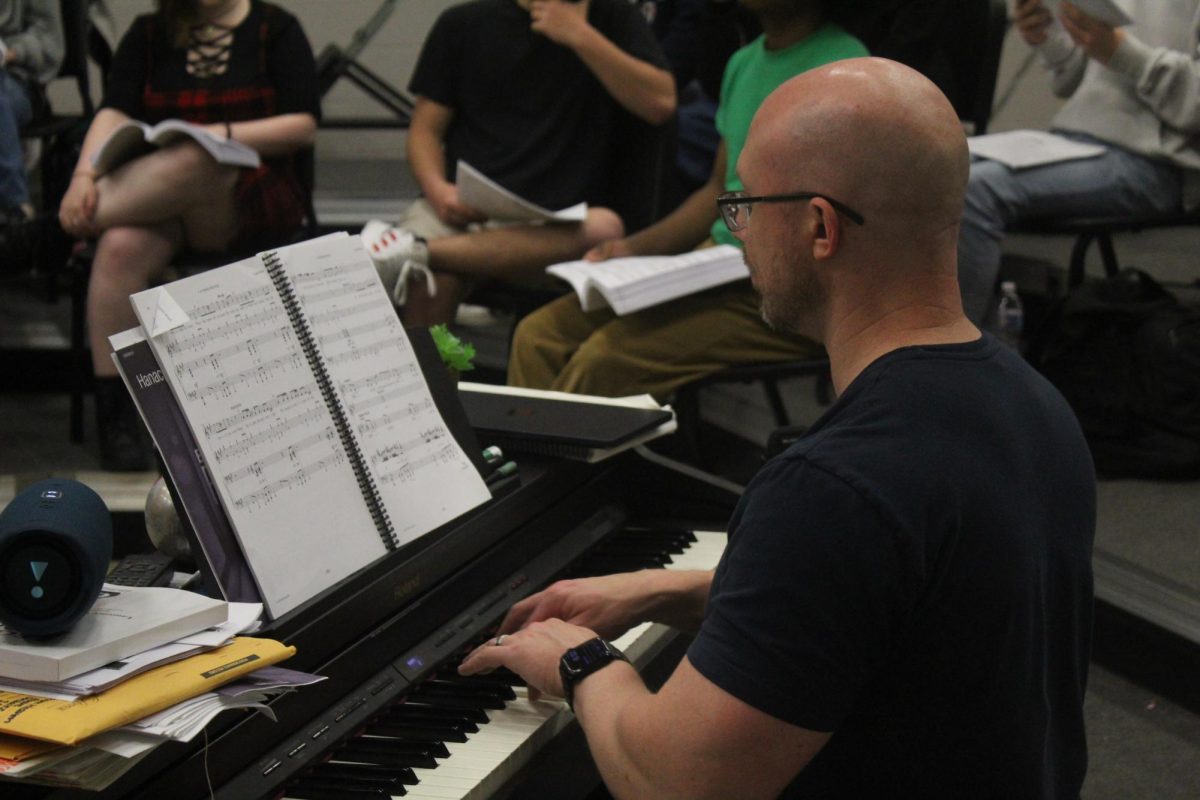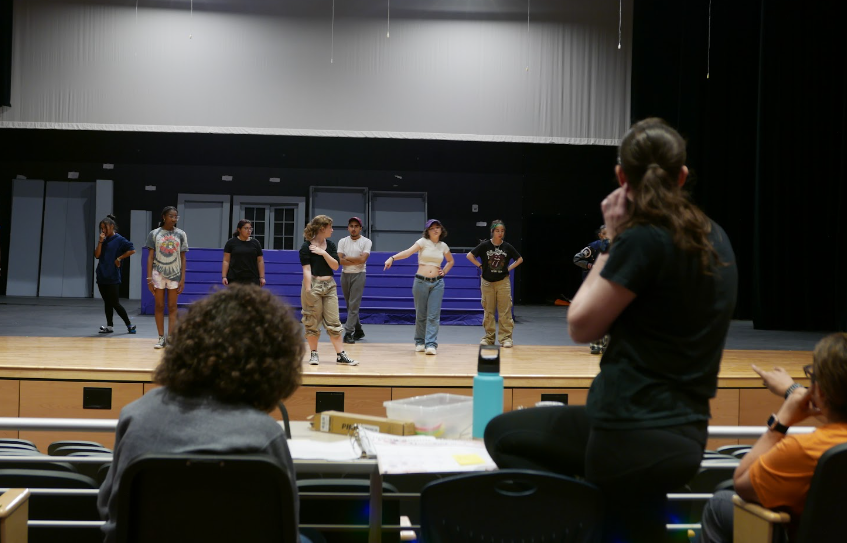Initially, classes were intended to have 75-minute intervals distributed evenly but ended up implementing them into 75-minute and 90-minute classes. With that decision, the first and fifth periods are shorter (being timed at 75 minutes), and the second, third, and fourth periods are 90 minutes long.

(Makayla Garcia)
“The purpose of the schedule was to allow students more opportunities for redemption and acceleration in their classes, as well as expand the variety among electives,” according to Mary Duhart-Topen, Ed.D., Deputy Superintendent of Teaching and Learning. Students are moving at an accelerated pace with the 5×5 schedule, collecting up to 40 credits by the time they’re seniors, which would give students more opportunities to graduate with distinction.
With the fast-paced schedule, students have two opportunities every year to take the STAAR: one in the winter and one in the spring. With the STAAR being held at the end of each semester, it’s financially more challenging for the district, and most students either do not show up or take advantage of it. Students might retake the STAAR if they fail the first time, miss a testing day, or have a class requiring the test on their schedule’s second half.
The advantages of the 5×5 may also come with significant disadvantages, including a lack of positive connections between students and teachers, unlike year-long classes.
Since the schedule is moving so quickly, students expect to advance rapidly and complete their work in a shorter amount of time. This can become a problem for students who need help with learning at such a rapid pace and for teachers.
Sarah Waters, Biology teacher and science department chair, explained her struggle with the 5×5 schedule. “I have to teach strictly to the STAAR test, and I can’t do more fun stuff because I’m crunched on time.”
With the current schedule, students have to pick an athletic and academic course they want. For example, they need more space on their schedules to do sports and AP classes, so a student is forced to pick between a sport they love and an academic pathway.
An informative 5×5 meeting was hosted by Judson ISD at Veterans Memorial High School on October 30th about a schedule change for the upcoming school year with Mary Duhart-Toppen, Ed.D gave a presentation regarding the specifics of the change and covered the similarities and differences between the schedules.
Students, staff, and parents made their concerns about their opinions on the schedule change known. Milton Fields Ed. D, JISD Superintendent, said he also does not favor the 5×5.
One parent voiced her issue by aggravatedly declaring, “The 5×5 is a business plan. It was a business plan for money.”
In return, JISD board member Suzanne Kenoyer responded by saying, “The 5×5 is not a business plan; it was an innovative opportunity for students.”

(Laura Meras)
The seven-period schedule has no intention of adding periods to a school day and carries the same goals and purposes as the 5×5 but without the accelerated pace. The change would focus on expanding the amount of classes throughout the school year.
The new schedule includes two extra periods, which would end ten classes a year and instead focus on seven classes a year with lunch during the fourth period. Since there are additional periods, classes will be split into shorter increments, with approximately 54 minutes each. Instead of 40 credits at the end of their senior year, students will collect 26, which is the state requirement.
This schedule allows students more opportunities for redemption and acceleration in their classes and expands the variety among electives.
If the seven-period schedule were to be enforced, students would have the whole year to complete the same amount of work that is given with the 5×5, and instead, students would feel like they have more time to accomplish the assignments. Students can spend more time absorbing a subject in days instead of one that is packed with days of work. With the added space, students have more variability in choosing what classes they want, such as electives, AP classes, sports, etc.
According to district officials, with this possible implementation, there could be a significant financial strain on the district because schools would have to hire more teachers to fill up the more extensive schedule, requiring more educators to pay. CTE and year-long classes would struggle with the change because of how much space they take up.
























